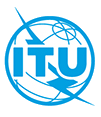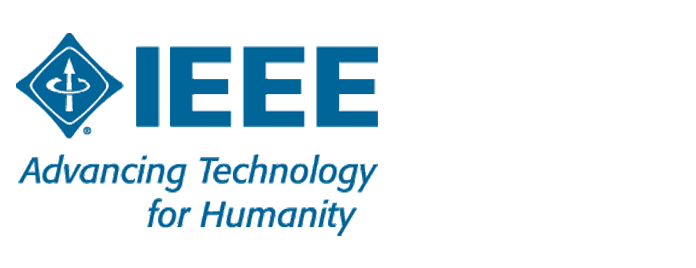Under the stimulation of the concept of the metaverse, digital human is accelerating from technological innovation to industrial application. However, in the actual project implementation, most enterprises do not have the ability to directly develop and maintain digital human, so they often encounter the problems of high technical threshold, complex installation and deployment, and high management and maintenance cost. Therefore, there is a strong demand for reducing the cost of using digital human and simplifying the construction and operation and maintenance of digital human. By providing the service of creating, managing and maintaining enterprise-level digital human applications, digital human platform can help users reduce the development and use costs, and become an important way of digital human development, deployment, operation and maintenance. However, there are many kinds of digital human platforms on the market, and their quality is uneven. From service support to code implementation, there are huge differences. Therefore, the functionality, compatibility, reliability, scalability, time response, and ease of use of the platform need to be strictly tested and verified before large-scale deployment to the production environment. In addition, at present, the standard of requirement and test method of digital human platform is still blank. The purpose of this Recommendation is to provide technical guidance and technical specification support for the research and development, selection and testing of digital human platform, to achieve a fair, just, scientific and objective evaluation of digital human platform, and to promote the progress of digital human technology products. This Recommendation provides the requirements and evaluation methods for the digital human platform from the aspects of function, compatibility, reliability, scalability, time response, and ease of use.
ITU-T F.DH.PE
https://www.itu.int/ITU-T/workprog/wp_item.aspx?isn=18650



